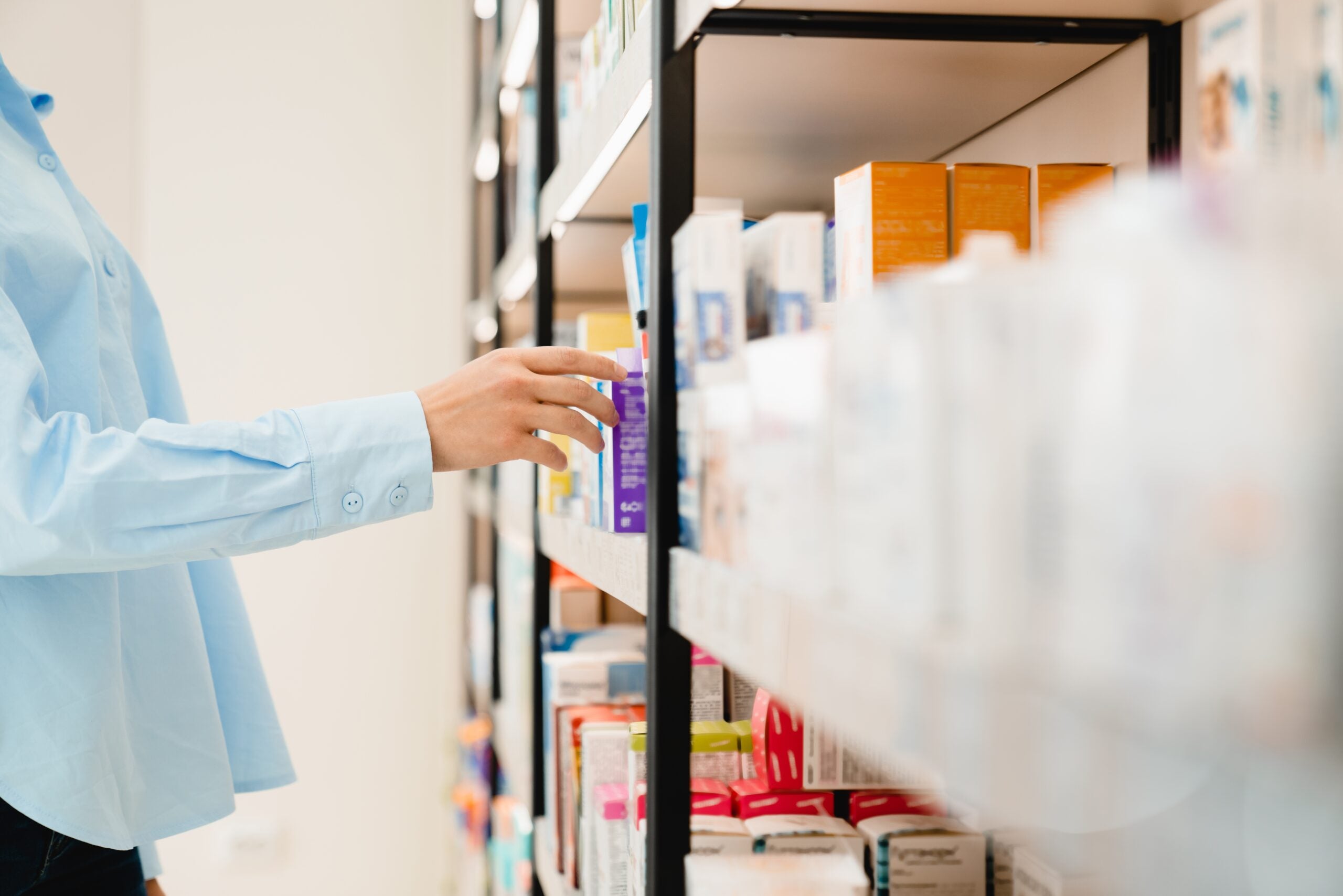
According to a recent GlobalData report, healthcare professionals have – for the second year in a row – ranked artificial intelligence (AI) and Big Data as the top two technologies revolutionising the pharmaceutical sector. They are inextricably linked: data cannot be interpreted without cutting-edge algorithms, and algorithms cannot draw precise conclusions without data of sufficient quality and quantity.
The Covid-19 pandemic increased the urgency of harnessing the power of novel technology. Supply chains were pushed to the brink by airline groundings, nationwide lockdowns, and raw material shortages. The legacy of this disruption has been a rethink in the way pharma companies do business. The pharma supply chain is emerging strongest and most sustainable where there is a high level of automation and digitalization.
Technologies spearheading progress will enable firms who can adapt to soar – and ground those who cannot. A new era of tech-pharma collaboration has arrived; it is characterised by new opportunities to implement AI strategies allowing war-gaming of highly specific supply chain scenarios to prepare for every eventuality. And innovations like blockchain are laying the groundwork for yet more disruption in years to come.
At the start of 2022 alone, BenevolentAI partnered with AstraZeneca and Exscientia joined forces with Sanofi in deals designed to combine the efficiency-maximising power of AI-driven start-ups with the scale and reach of vaccine producing conglomerates. Digital transformation is permeating the entire pharmaceutical supply chain.
Pharma 4.0: what it means for you
Pharmaceutical commentators are heralding the advent of “Pharma 4.0.” This sea change in the industry is characterized by an influx of advanced technologies that can predict bottlenecks, expedite decisions, and automate stock replenishment.
One outstanding example is the advance of the internet of things (IoT) in pharma supply chains. Used for tracking location, temperature and light exposure in shipments, the increasing sophistication of the technology underpinning IoT will soon allow medication to be monitored packet-by-packet, dose-by-dose. Access to detailed data in real time enables firms to track and optimize product storage and distribution. Visibility that’s not accessible in real time isn’t really visibility at all. Ada Palmadottir, Controlant’s vice-president of business development, gives the example of sea freight shipping: “[if] there are delays in the vessels’ departure, you can step in and ship something with air freight to be on time for the market.”
Linked to IoT is the concept of control tower technology. Think of airport control towers, keeping passengers safe by redirecting air traffic as well as tracking it. Pharma control towers operate in the same way, turning IoT data into a two-way stream that can be captured and acted upon. “As well as gathering information on the temperature and location of the goods as they travel, we also connect directly with the couriers,” explains Palmadottir. Doing so allowed Controlant to slash wastage during the Covid-19 jab rollout – the foundation of the vaccine programme’s global scale.
The potential benefits from linking these data streams to AI, meanwhile, cannot be overstated – offering opportunities to predict future scenarios as well as fine-tune orders in the present. AI modelling pre-empts supply chain shocks and tests possible solutions. Distribution can be adjusted according to demand fluctuations and supply chains tweaked in response to carbon efficiency goals, as the industry looks for the path to a zero-waste supply chain. Pharma firms who fail to incorporate AI will be left behind – they need to adapt now.
Further down the line is the potential power of blockchain. With blockchain, every player in complex supply chains – from manufacturers to packaging plants to distribution warehouses – can log their contribution in a “block”, boosting both transparency and speed across a drug’s sprawling lifespan. “With blockchain, in addition to the security of the blockchain itself, you also bring a simple way to connect to each other,” says Marco Cuomo, manager in applied technology innovation at Novartis. “Because it is decentralized, it is not owned by any person who is managing it.” Gathering industry-wide buy-in will take time – but initiatives like the PharmaLedger Consortium are bringing these disparate firms together. The success of such initiatives will be crucial if blockchain’s full potential is to be realised.
Set your supply chain in order
A supply chain revolution is on the way – every pharmaceutical firm must start looking seriously at their own. Sending off shipments and letting the logistics handle themselves is no longer enough; the power to track, control and divert them is a necessity. Manufacturers must deploy sophisticated control towers able to make sense of the data at their disposal. As the volume of data climbs steadily, digital platforms designed for the pharma supply chain increase the value of that data exponentially. Pharmaceutical decision makers must think ahead and prepare to take full advantage of IoT, AI, blockchain, and whatever new technologies are around the corner.
As Palmadottir says: “having better technology means we will have better connectivity in real time, and a better network for communication.” Pharmaceutical firms must choose the right partner to guide them through the digital transition, helping them exploit the possibilities and navigate the pitfalls. Download the whitepaper on this page to find out more.


